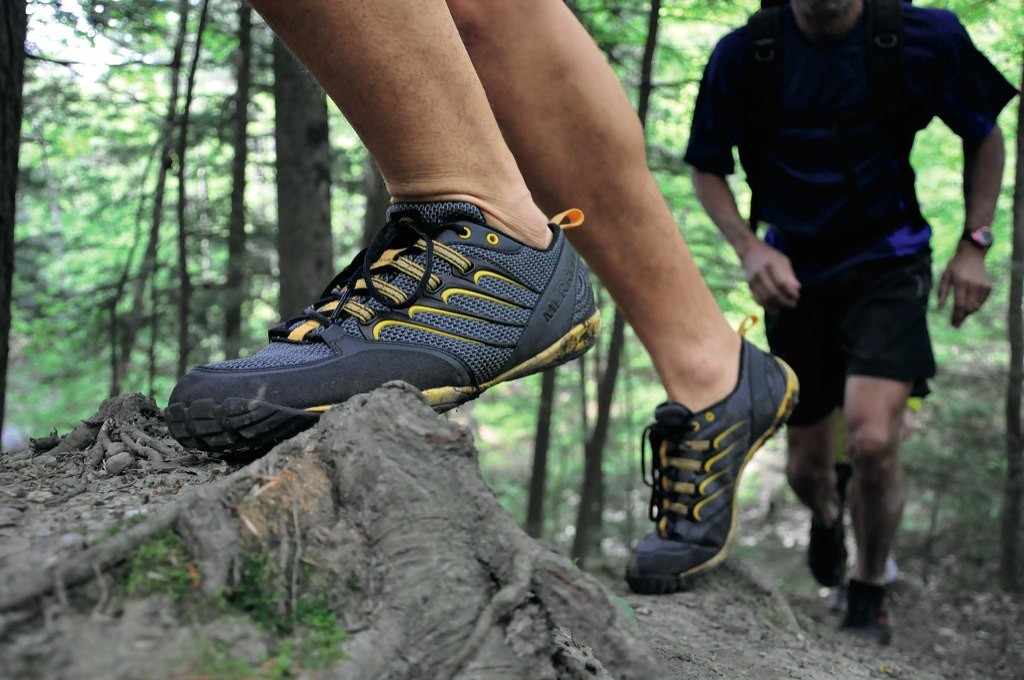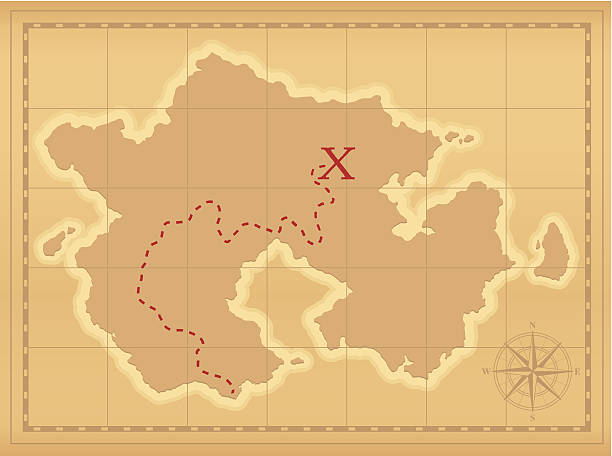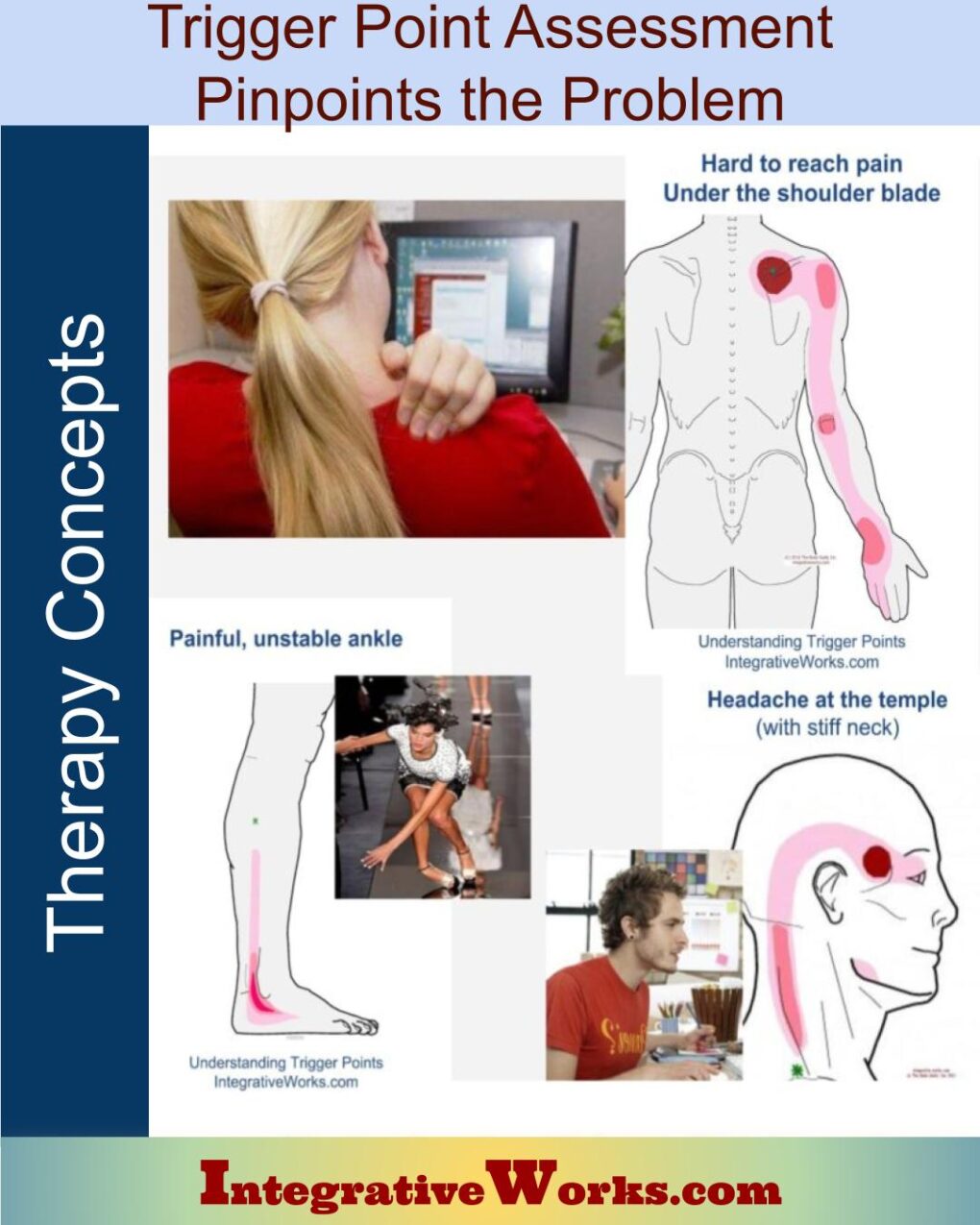This post is a light-hearted look at the effectiveness of neuromuscular assessment.
What’s the “Tell?”

When the client sits down and talks about their pain, they tell me why they’re paying to be there. Nothing connects me to the specific spot, in the specific muscle, like trigger points assessment. The course of action might vary based on many factors, but neuromuscular assessment pinpoints the spot I need to resolve by the end of the session.
Serious Fun
Pain in the shoulder while brushing teeth? Supraspinatus. Pain in the shoulder with weakness in the grip? Infraspinatus. Pain in the shoulder when the arm is extended out to the side? Deltoid. I love this game and can play it all day. Better yet, I actually do play it all day. More than that, it makes people happy, and I get paid for it.
In part, trigger point assessment is fun for me because I’ve been researching and writing about it for decades. It’s base on solid research from many studies. In fact, the definitive work was co-authored by Janet Travell, who was the physician of two presidents.

Finding the Missing Link
Pain on the inside of the knee. How do we sort it out? We need a more detailed assessment. This includes checking range-of-motion, the activity of onset, palpation of the area, and more. Four muscles refer to pain on the inside aspect of the knee; sartorius, medial head of gastrocnemius, medial hamstring, and vastus medialis. One of them creates buckling of the knee when going downstairs. Another trigger point creates restricted ankle movement. Still, another creates grabbing pain when rotating the leg. Cross-checking those symptoms with other forms of assessment ensures a more accurate assessment.
Here’s a post about a seizing hamstring. Most people are over-focused on stretching the hamstring. And they can’t get relief because the hamstring doesn’t generate this pain pattern. Trigger point assessment points us back to the gluteus minimus for trigger point work. Binding in the sacroiliac joint perpetuates this trigger point in the gluteus minimus. Restrictions in the upper cervical and cranial joints perpetuate that displaced sacroiliac joint. But without understanding the trigger point in the hip, I’m chasing a problem in the wrong muscle.

Starting Point on the Map
Of course, I want to deal with the underlying causes. However, if I want to take down the Godfather of Organized Pain, I need to stop putting out fires and look for the clues that lead me back to him. Neuromuscular assessment doesn’t create the treatment plan. Instead, it helps to uncover one of the goals on the path to relief.
How do we figure out if that pain in the knee is activated by something more serious, like a torn meniscus? The trigger point will start us on the journey. As a bodywork professional, it is essential to use more than a few reflexive quips to make sure that you’re on the right track. Muscle testing, range-of-motion testing, palpation of the muscle, and other assessments ensure safe and effective treatment.
However, even in a complicated case like the Client Who Recovered From ALS, the assessment started by evaluating trigger point activity. Weak grip? Okay, I know the trigger points that create that problem. Let’s temporarily disable the trigger points that weaken grip with a stroke of ice. Oh, that improved the grip. We have a starting point. Now, let’s track down the perpetuating factors.
Every post about trigger point pain offers some clues to that specific trigger point and a post on self-care to help you get out of pain. I regularly get emails from people who’ve found relief. If you don’t get relief, find a professional that can help.
I love this game. It is not as complicated as all the levels of Warcraft, Critical Theory, or raising kids. On the other hand, it is pretty darn rewarding to watch those people get off the table without pain.
Support Integrative Works to
stay independent
and produce great content.
You can subscribe to our community on Patreon. You will get links to free content and access to exclusive content not seen on this site. In addition, we will be posting anatomy illustrations, treatment notes, and sections from our manuals not found on this site. Thank you so much for being so supportive.
Cranio Cradle Cup
This mug has classic, colorful illustrations of the craniosacral system and vault hold #3. It makes a great gift and conversation piece.
Tony Preston has a practice in Atlanta, Georgia, where he sees clients. He has written materials and instructed classes since the mid-90s. This includes anatomy, trigger points, cranial, and neuromuscular.
Question? Comment? Typo?
integrativeworks@gmail.com
Interested in a session with Tony?
Call 404-226-1363
Follow us on Instagram

*This site is undergoing significant changes. We are reformatting and expanding the posts to make them easier to read. The result will also be more accessible and include more patterns with better self-care. Meanwhile, there may be formatting, content presentation, and readability inconsistencies. Until we get older posts updated, please excuse our mess.



Comments are closed.